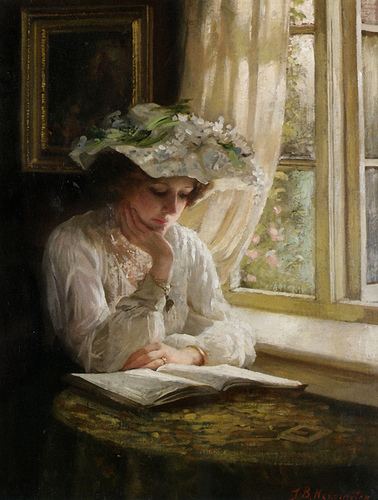Monday
I’m currently writing the feminism section of my book about literature impacting lives and am examining Rachel Blau DuPlessis’s idea that the marriage plot prevents women from imagining alternative lives for themselves. While DuPlessis doesn’t say so explicitly, this means that she regards novels like Emma, Pride and Prejudice, Jane Eyre, Middlemarch, and The Mill on the Floss as complicit with the existing order. Powerful though they may be, they don’t help readers break out of the idea that the only worthwhile life for a woman is as wife.
DuPlessis’s book Writing beyond the Ending: Narrative Strategies of Twentieth-Century Women Writers (1985) explores how later women writers struggled with the legacy handed down to them by society and by (among others) Austen, Bronte, and George Eliot. Raymond Williams, author of Marxism and Literature (1977), helps her frame her argument.
Williams says that imagining a new kind of consciousness “can be the long and difficult remaking of an inherited (determined) practical consciousness.” This remaking requires “confronting a hegemony in the fibers of the self and in the hard practical substance of effective and continuing relationships.” Put in terms of the marriage drama, the lives that women have been culturally taught to imagine for themselves are so imbedded in “the fibers of the self” that fighting against them seems impossible.
Those authors who want to create a new narrative, Williams says, must embody and perform “latent, momentary, and newly possible consciousness.” Which is to say, imagine characters living radically different lives.
Until authors do so, however, readers will be stuck in the romance or marriage plot. Such stories, DuPlessis says, contain such elements as “yearning, pleasing, choosing, slipping, falling, and failing,” which are “some of the deep, shared structures of our culture.” Even when authors pushed against these plots, as Austen, Bronte, and Eliot all did in the middles of their novels, ultimately they surrendered. One might find women protagonists as “heroes” for a while, but by the endings DuPlessis says that they have dwindled to heroines. Women were denied the hero’s quest or the Bildungsroman (the growth story) because they had to end up married.
In Jane Austen’s Emma, for instance, Emma at first thinks that she herself can resist the marriage plot but, in the end, she succumbs:
[T]he problem and charm of the main character lie in the same traits: her resolute and aggressive assurance, making matches as if she were a thoroughly disinterested party, misreading the marital hopes of those she considers her entourage, and interfering with the rational self-interest of many people, but especially of the man in search of a wife. The engagement of Emma’s strong will and desire to dominate occurs each time Austen proffers an eligible person; the author graduates the interest of each man and of Emma’s involvement until, with Mr. Knightley’s apparent attentions to Harriet Smith, Emma is shocked that her impetuous scheming may have hurt her own best interests. At the point when she is sincerely repentant for her assumed powers, she is marriageable, and is therefore proposed to. Her proper negotiation with class and gender makes the heroine from an improper hero.
Something comparable occurs in Pride and Prejudice. DuPlessis writes that, because of the novel’s concentration on Elizabeth’s “force and her growing capacity for insight, her potential as a hero develops throughout the narrative.” Unfortunately, this means that, when Elizabeth does opt for marriage, she validates the institution all the more. After all, who can say that one of literature’s most popular heroines is wrong.
For those who don’t mind seeing traditional marriage affirmed in their literature, this is not a problem. For those who believe that women should have other narratives than marriage available to them, however, the marriage plot can feel suffocating. The fact that some of the characters—one thinks especially of Jane Eyre as a teacher and school mistress—succumb to marriage after struggling so mightily to establish their separate identities can dishearten those trying to expand the female imagination.
Or perhaps DuPlessis is wrong and heroine marriage endings don’t entirely drown out hero quest middles. After all, Jane Eyre played a significant role in the unionization of governesses, in the suffragette movement, and in 1970s feminism. It may be an open question whether the final message a reader gets from the novel is “Reader, I married him.” More on this subject in the near future.


